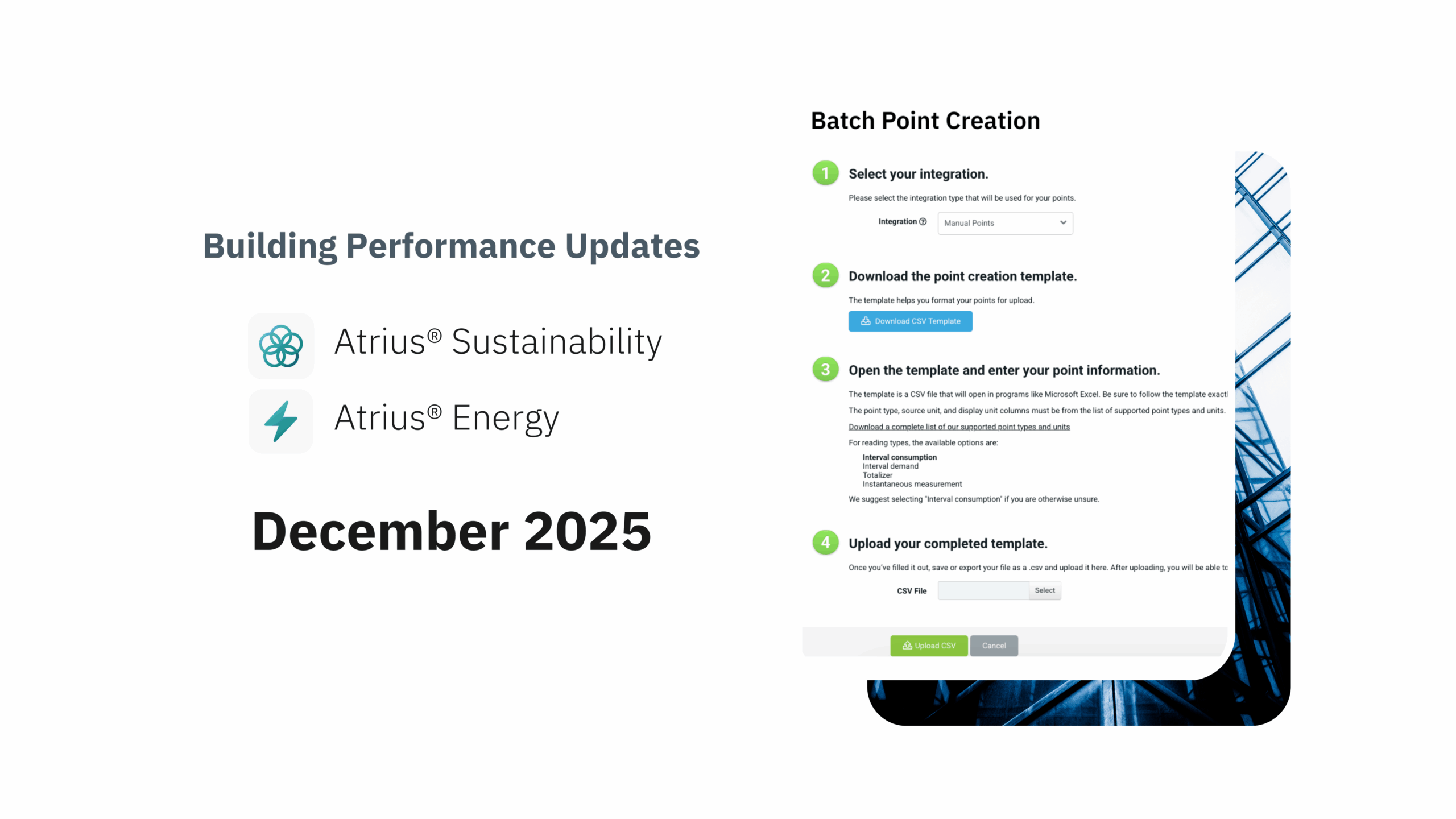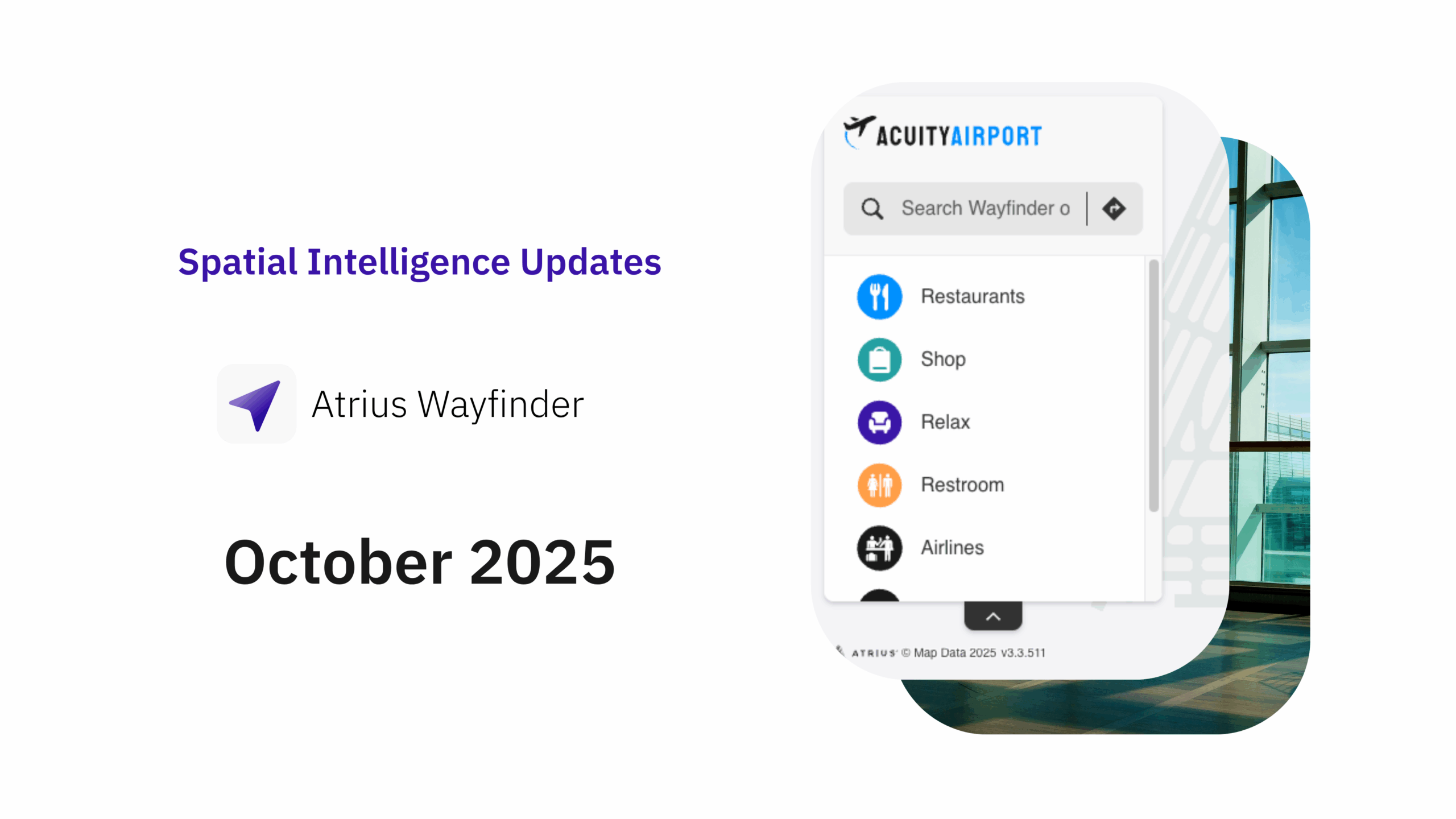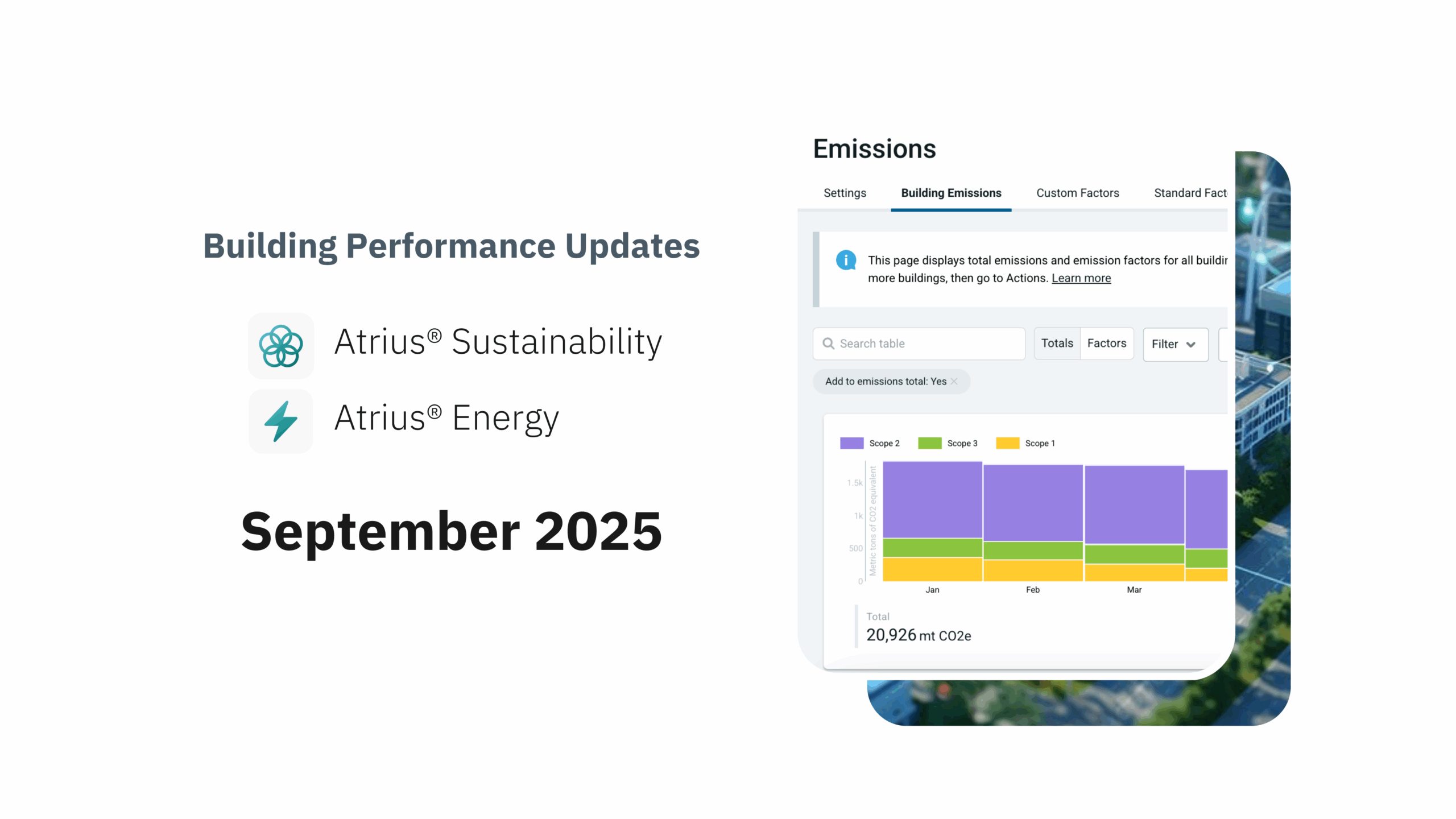A little over a year ago, Atrius was facing a large challenge that might sound familiar to many people within the Internet of Things (IoT) space: We had a large quantity of disparate and siloed data. We knew there were interesting insights to glean by combining and analyzing our data, but our architecture at the time wasn’t making that task easy.
Deriving Value from Shared Context
To solve this problem, we began to build the Atrius Digital Twin Platform with a vision of standardizing and consolidating our varying datasets in a digital representation of our built environment. This resulted in solutions to two distinct problems:
- Reconcile varying data models of our current application suite
- Reduce data redundancy by rallying around a single source of truth
Solving these problems empowered engineers and product managers to extract value from standardized and consolidated data. As an engineer, I want to have one digital representation of our physical world and one place to access this highly connected data. This reduces the complexity of the applications that we build while allowing us to easily explore new solutions to the problems and pain points our product managers identify.
Enabling Rapid Development and Iteration
Whether your organization practices Agile or Waterfall software development, one thing is universal: requirements will change and evolve. Whether the result of miscommunication, or a changing ecosystem, it is our job to handle these changes.
Our digital twin platform helps us navigate evolving requirements by providing flexibility in how we access our data. This surfaces in two primary access patterns:
- Query the Digital Twin Graph to ask complex questions about our physical spaces
- Subscribe to Digital Twin changes to monitor our physical spaces
By leveraging these powerful access patterns to a large, consolidated, and standardized dataset, we can quickly solve a wide variety of problems. Here are examples of real user stories that we are working to solve with our new platform:
“As a retail store manager, I want to understand the popularity of the seasonal department”
“As a warehouse supervisor, I want to be notified when the number of forklifts in the repair bay exceeds the acceptable threshold”
Solving for these use cases prior to our digital twin platform would have required coming up with a strategy for weaving together multiple distinct datasets, along with building the functionality on top to provide value. This is no small feat; We know this because it is exactly how we initially built Atrius Locator.
Atrius Locator
Atrius Locator started as a simple application to address a universal problem: As a supervisor, I want to optimize my efficiency. Locator attempts to solve this problem by allowing organizations the ability to track their high-value assets, whether a forklift or shopping cart.
To get Atrius Locator off the ground, our team had to stitch together multiple data sets that were owned by different teams. This required us to map each team’s data model into our own. In addition, we had to integrate with multiple different services, all following different standards. This quickly led to a situation where our team was spending most of our time integrating data sets instead of solving real world problems. This is an issue for an agile software development team!

Zone Management: The Next Layer of our Solutions
By consolidating data in our Atrius digital twin platform and utilizing a power graph database that exposes flexible access patterns (Azure Digital Twins), our team is now free to focus on our specialty: layering high fidelity applications that solve real world problems on top of valuable and powerful data. That next layer is a set of features we call Zone Management.

Zone Management allows users to divide their spaces into discrete polygons or “zones” to categorize the positions of devices more finely than a level, but more coarsely than a latitude and longitude.
To see our next layer of features in action, Zone Management, check out this episode of the Microsoft IoT show where I had the pleasure of discussing our platform and applications with Olivier Bloch.



